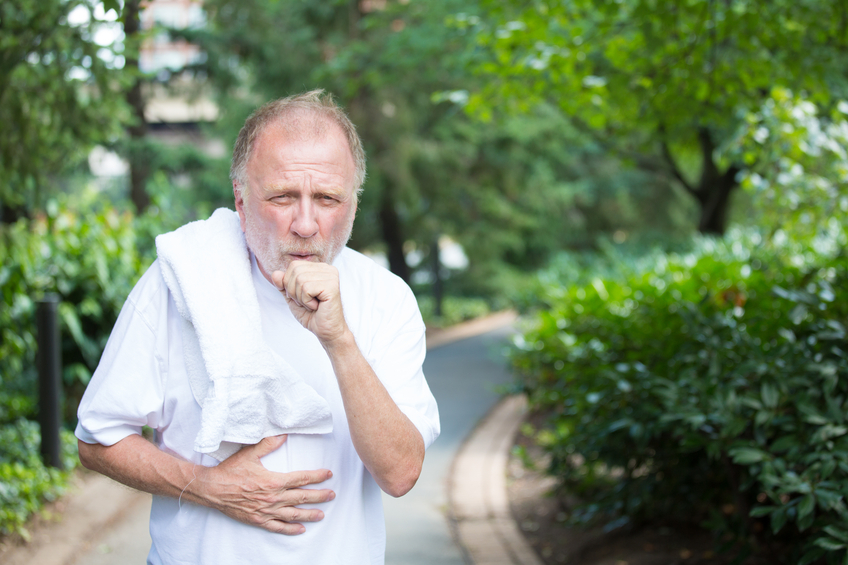
Survival rates for patients with lung cancer in the UK are “lagging”, experts have said.
The UK Lung Cancer Coalition, which is made up of various lung charities and sponsored by the pharmaceutical industry, has called for a “drastic improvement” in lung cancer care to drive up survival rates.
A poll of 150 lung specialists, presented in a new report by the Coalition, found that two thirds believed that the most important factor for improving five-year survival rates was ensuring patients received an early diagnosis.
But a separate survey of 100 lung cancer patients or their carers found that 36% waited more than a month for a definitive diagnosis – and 17% waited over two months.
Meanwhile, 43% of patients said they waited for more than a month for the initiation of treatment after a diagnosis was confirmed.
Lung cancer has been the UK’s biggest cancer killer for the past decade, the report states.
It adds that lung cancer has one of the lowest survival outcomes of any cancer type.
The Coalition has challenged governments across Scotland, Wales, England and Northern Ireland to increase five year survival rates to 25% by 2025.
Just 9.8 % of Scots diagnosed with lung cancer live for five years and 6.6% of Welsh patients survive for five years, the report states
In England just 16% of patients who are diagnosed with lung cancer are alive five years after diagnosis, it adds.
In Northern Ireland, 10.5% of patients are alive five years after diagnosis, according to the document.
The report authors make a series of recommendations on how to improve survival rates including an audit of cancer waiting times.
“The highest five-year survival rate across the UK is currently predicted to be 16% in patients diagnosed in 2013 in England, which is effectively double what it was in 2005 when the UKLCC was established,” said Professor Mick Peake, chairman of the Coalition’s clinical advisory group.
“However, we cannot be complacent. Lung cancer survival rates across the UK still lag severely behind our European counterparts and compare poorly with other major common cancer types.”
READ MORE
Musician struck with lung cancer can get back to the stage
One person dies of lung disease every five minutes in the UK

Enjoy the convenience of having The Sunday Post delivered as a digital ePaper straight to your smartphone, tablet or computer.
Subscribe for only £5.49 a month and enjoy all the benefits of the printed paper as a digital replica.
Subscribe